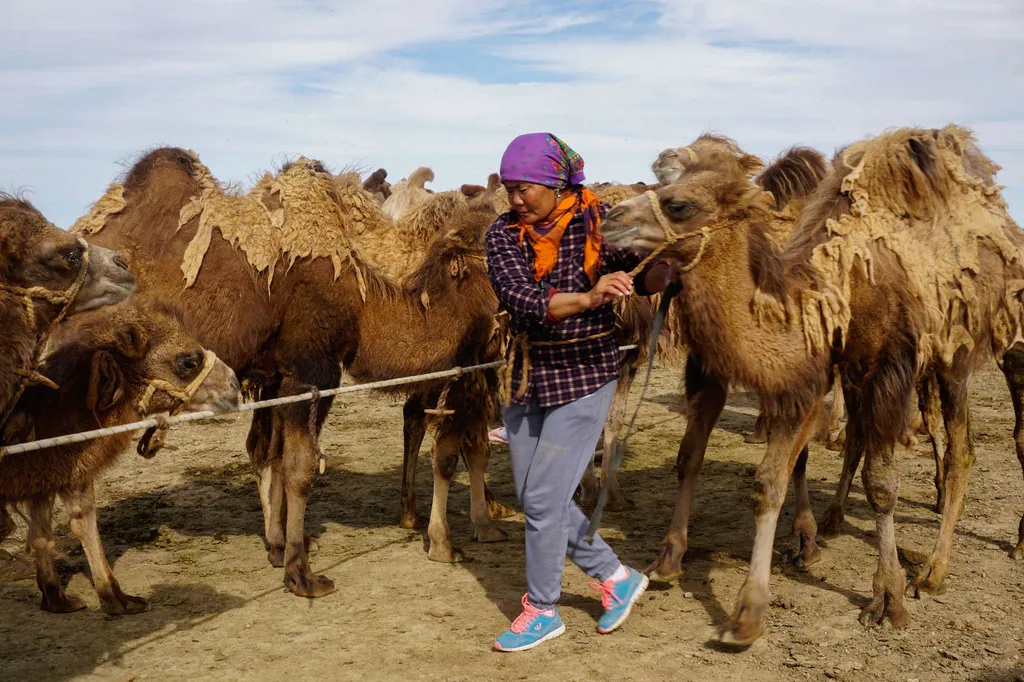In the vast landscapes of Inner Mongolia, where Bactrian camels have roamed for centuries, a groundbreaking study is stirring the waters of the dairy industry. Researchers led by Dr. Yu Hang from the College of Life Science and Technology at Inner Mongolia Normal University are advocating for uniform standards in camel milk and dairy products, a move that could revolutionize the market and boost consumer confidence.
The team, which includes experts from the Key Laboratory of Biodiversity Conservation and Sustainable Utilization in Mongolian Plateau and the Agriculture and Animal Husbandry Bureau of Alxa League, has meticulously analyzed existing standards for camel milk products. Their findings, published in the journal ‘Shipin Kexue’ (which translates to ‘Food Science’), reveal a fragmented landscape of national, local, group, and industrial standards that are in dire need of harmonization.
“Currently, there is no national standard for camel milk and milk products in China,” Dr. Yu Hang explained. “This lack of uniformity is a significant hurdle for the industry, affecting everything from production to market access.”
The researchers have systematically compared various standards, focusing on definitions, raw materials, physicochemical indicators, and product identification. Their work is not just about creating order; it’s about paving the way for the high-quality development of the camel milk industry.
The implications of this research are far-reaching. Uniform standards could streamline production processes, reduce costs, and enhance product quality, making camel milk and dairy products more accessible and appealing to consumers. This could open up new markets and create economic opportunities, particularly in regions where Bactrian camels are prevalent.
Moreover, standardized products could foster greater consumer trust. As Dr. Li Jianwei, another lead author, pointed out, “Consumers need to know what they’re buying. Uniform standards provide that assurance, ensuring that the products they purchase meet consistent quality and safety criteria.”
The study also offers theoretical and technical suggestions for the formulation and revision of national standards. These insights could guide policymakers and industry stakeholders, helping them navigate the complex process of standard setting.
As the world increasingly turns to sustainable and alternative food sources, camel milk is gaining attention for its nutritional benefits and environmental advantages. This research could be a catalyst, propelling the camel milk industry into a new era of growth and innovation.
In the words of Dr. Yu Hang, “This is not just about creating standards; it’s about shaping the future of the camel milk industry. It’s about ensuring that this valuable resource is utilized to its fullest potential, benefiting producers, consumers, and the environment alike.”
With this research, the team has laid the groundwork for a more unified and prosperous camel milk industry. The journey towards uniform standards has begun, and the future looks promising.

